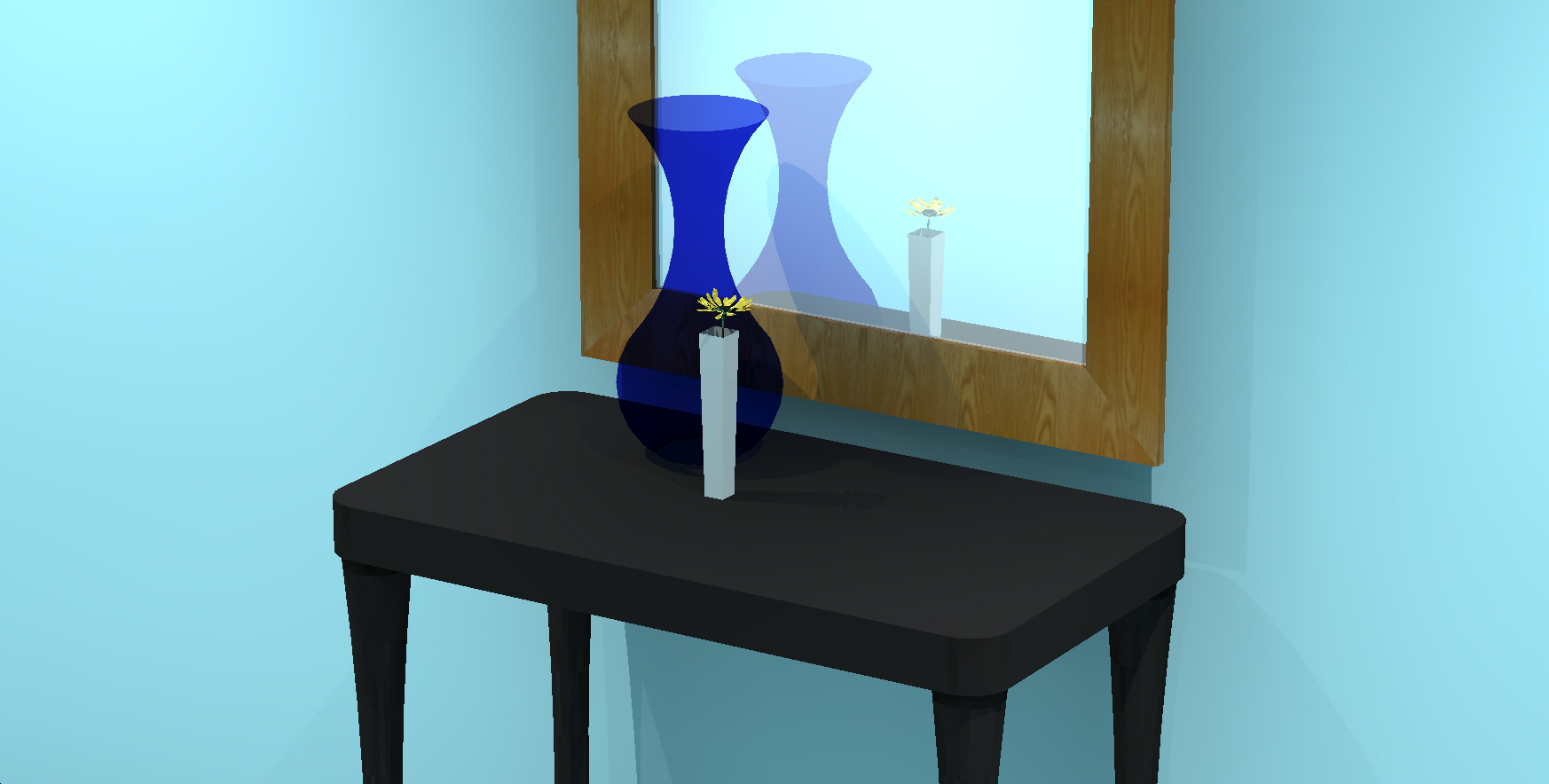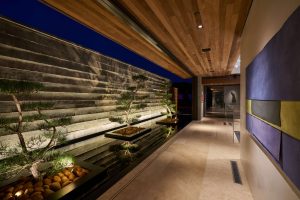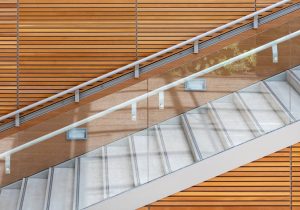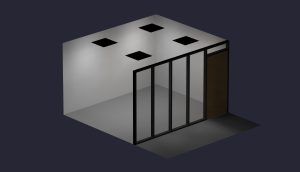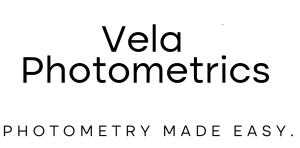Spaces are illuminated not only directly by light sources, but also by indirect light reflected off of objects. Additionally, many spaces are illuminated by light transmitted through objects. Lighting simulation software can assign values of reflectance and transmittance to materials to approximate their real-world photometric properties and deliver accurate results. Light that is not transmitted or reflected by a surface is absorbed.
Reflectance
Since no surface is an ideal blackbody (a surface that absorbs 100% of light) all spaces are, in part, illuminated by reflected light. Because of this, including reflected light in calculations is an essential part of accurate photometric study (except in emergency egress lighting calculations).
Indirect light reflected off of walls, ceilings, and other architectural features can be a significant source of illumination. Because of the design effects that it can achieve, there are a wide variety of luminaire designs that deliver light indirectly.
Most lighting simulation software models reflectance using the diffuse, Lambertian model. To learn about how this model interprets reflection, read here.
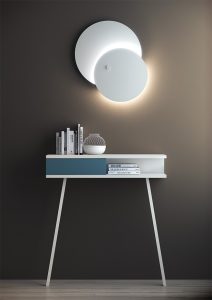
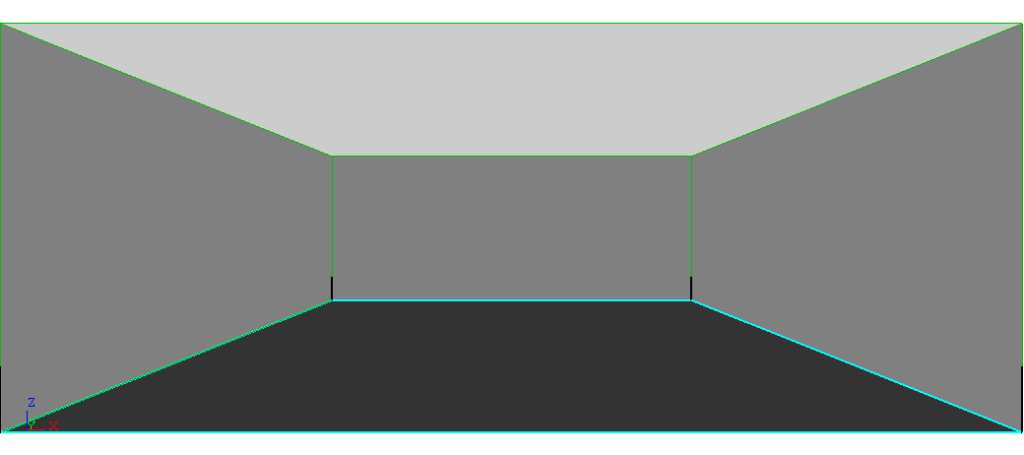
Standard Reflectance Values (Ceiling/Floor/Walls)
Vela Photometrics uses the 80/50/20 standard established by the ANSI/ASHRAE/IES Standard 90.1-2013 (2013), meaning that ceilings have a reflectance of 80%, while walls reflect 50% of light and floors reflect 20%. These values create a room with an off-white ceiling, medium grey walls, and dark grey floors.
While this may be a best-fit standard for many indoor spaces, it is highly recommended that surface property information is provided when requesting calculations of areas with surfaces that deviate considerably from this standard, such as white floors or black ceilings.
Note: Paint manufacturers often include the Light Reflectance Value (LRV) on a product’s data sheet or webpage.
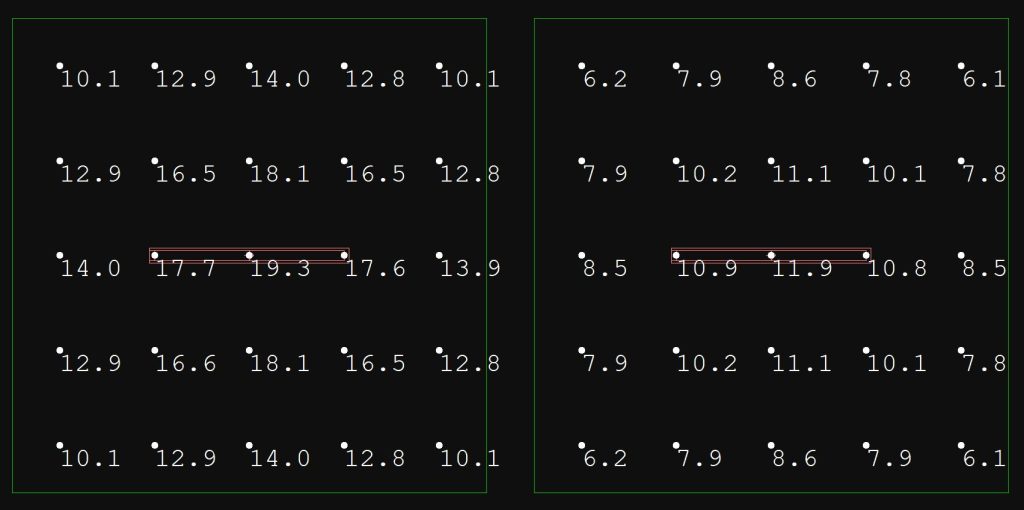
Transmittance
In addition to reflectance, some lighting simulation situations must take into account transmittance, or the amount of light that passes through a material. Transmittance is an essential component of simulating transparent (see-through) materials such as clear glasses and acrylics, as well as translucent (semi see-through) materials such as frosted glass, plastics, and fabrics.
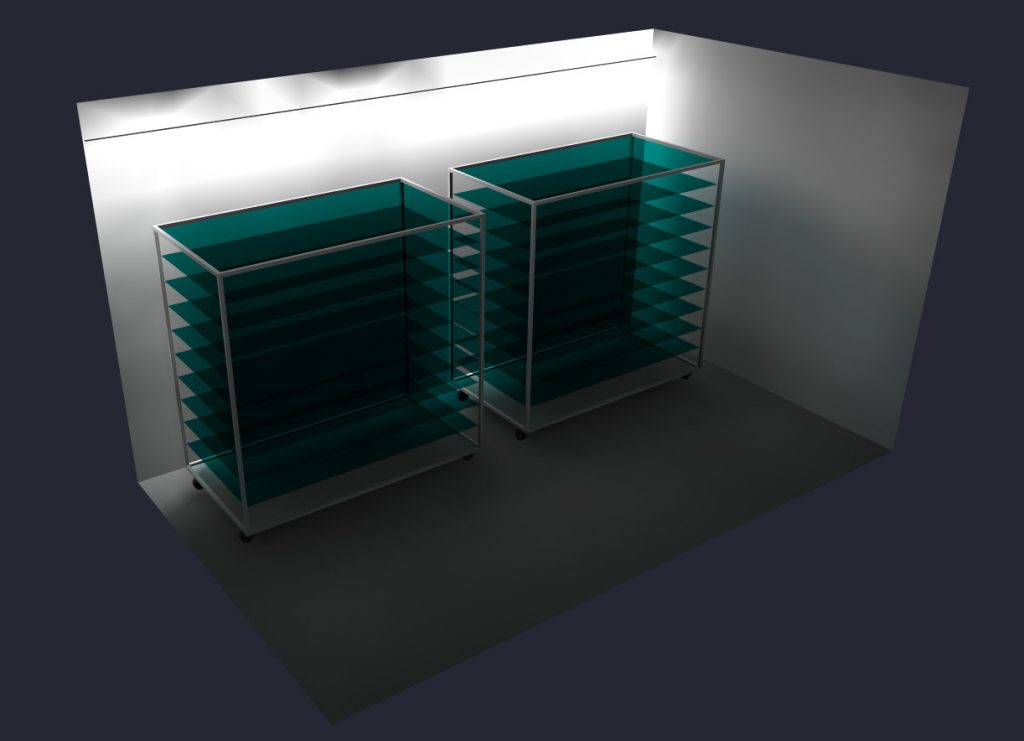
Transmittance Values for Glazing (Interior Simulations Only)
The following values are used by Vela Photometrics in lighting simulations when no other information has been provided.
Transparent Glass: When no other information has been provided, Vela Photometrics assigns a transmittance of 90% to all transparent interior glass; a value of around this amount is commonly reported in studies (Mohelníková & Altan, 2009; Harrison, n.d.). Exterior glasses are assigned a lower transmittance value of 80%; note that this value varies widely because of manufacturer coatings but is not affecting in interior, artificial-light, radiosity-based simulation because whatever light is not transmitted is “absorbed”.
Translucent Glass: In the absence of provided product information, Vela Photometrics assumes a transmittance value of 60% for frosted and tinted glasses; This is simply a value used in the absence of any provided manufacturer data. Frosted glasses come in a wide variety of compositions with a wide variety of transmittances and having a true, best-fit standard is unrealistic. It is recommended that product data be provided when requesting calculations for areas with considerable light transmittance through such glass types.
Note: Glazing manufacturers often include the Visual Transmittance value (VT or VLT) on a product’s data sheets or webpage.
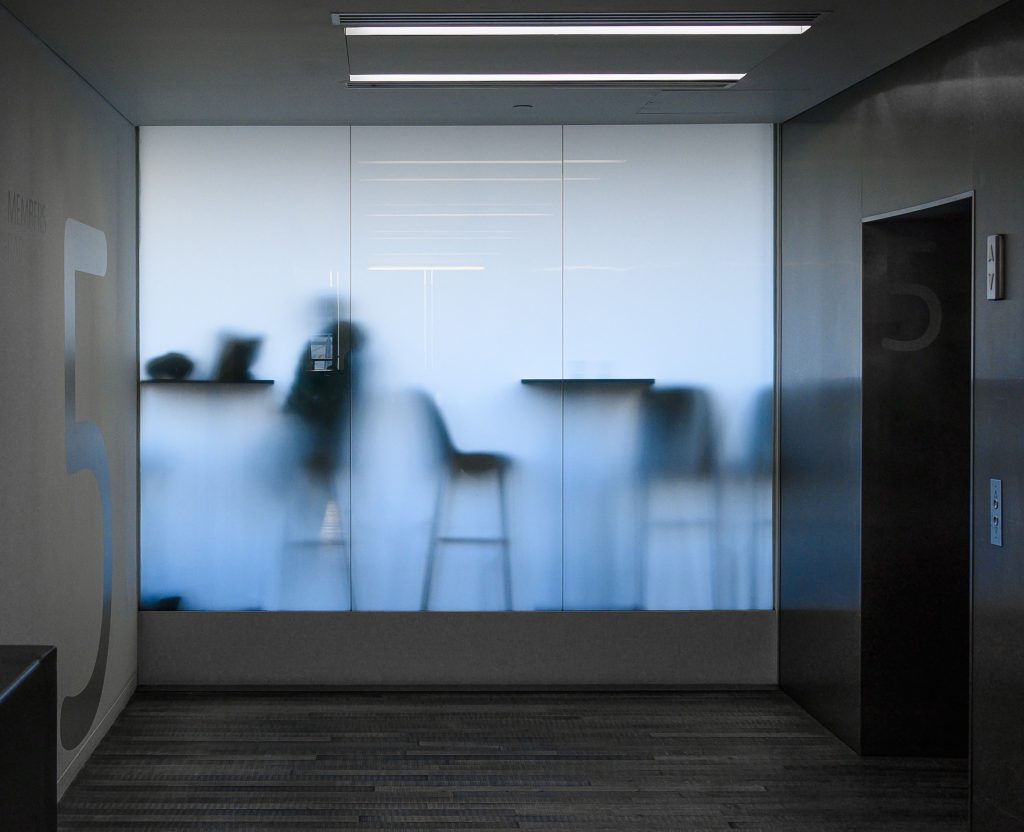
References
(2013). Energy Standard for Buildings Except Low-Rise Residential Buildings (ANSI/ASHRAE/IES Standard 90.1-2013). ANSI/ASHRAE/IES.
Mohelníková, J., & Altan, H. (2009). Evaluation of Optical and Thermal Properties of Window Glazing. WSEAS Transactions on Environment and Development, 5(1).
Harrison, T. (n.d.). Light and Color, Reflection and Scattering: Why Things Look The Way They Do. New Mexico State University. http://astronomy.nmsu.edu/tharriso/ast110/class22.html
Updated on August 12, 2024.
